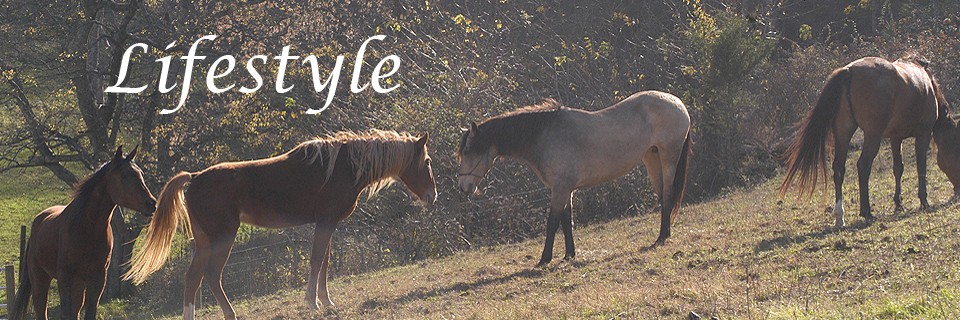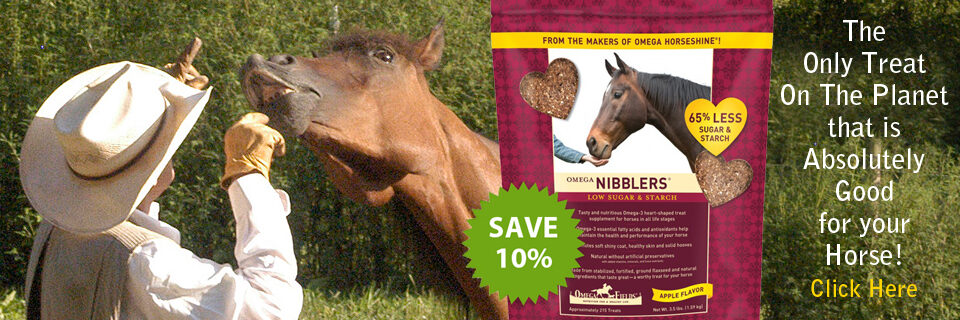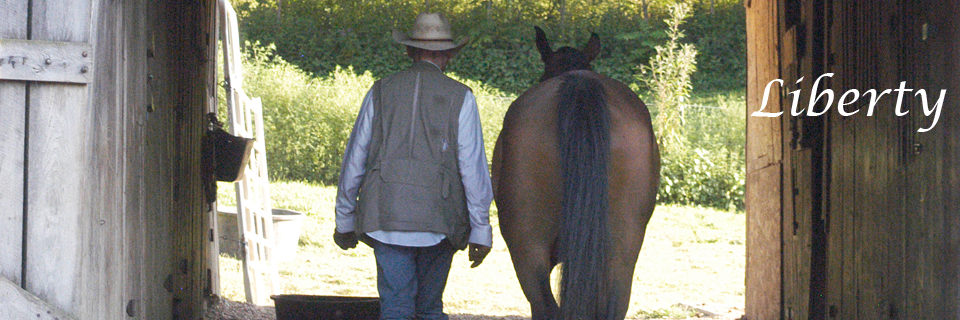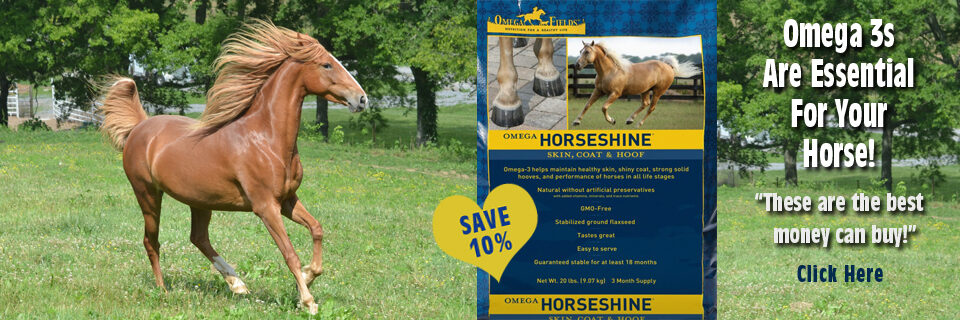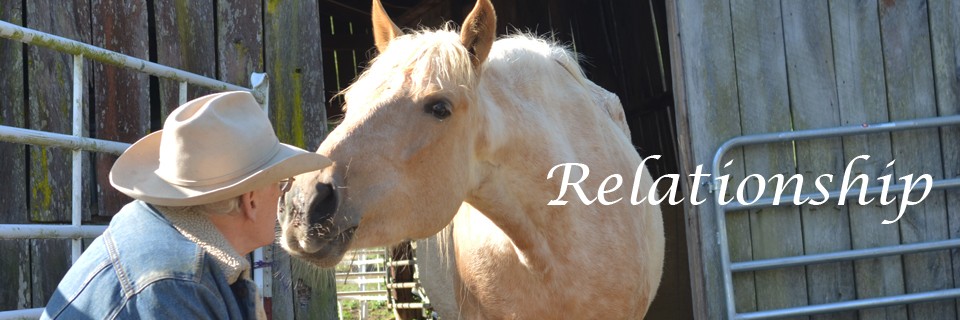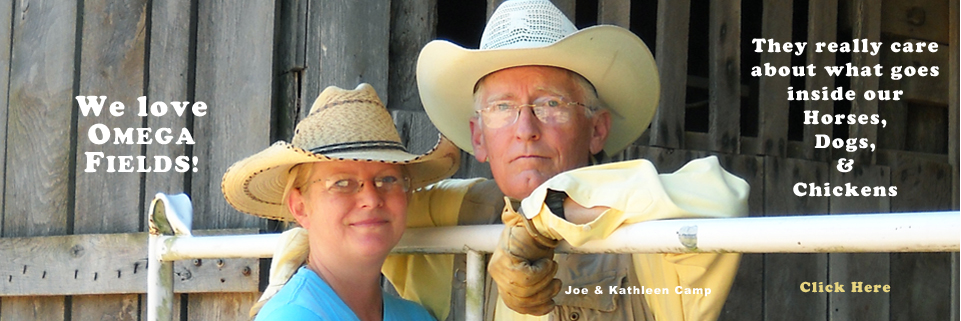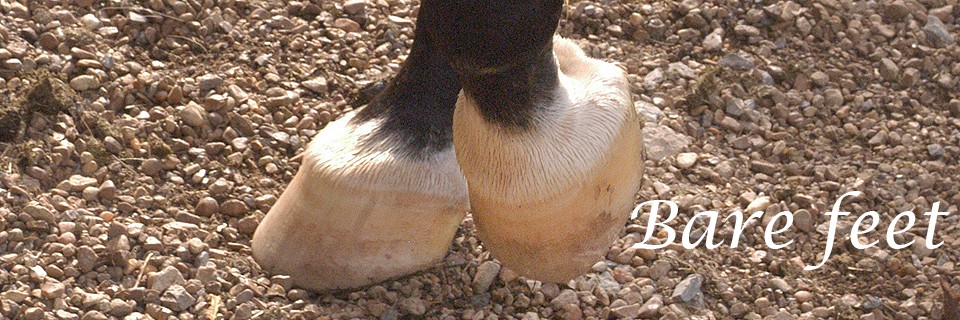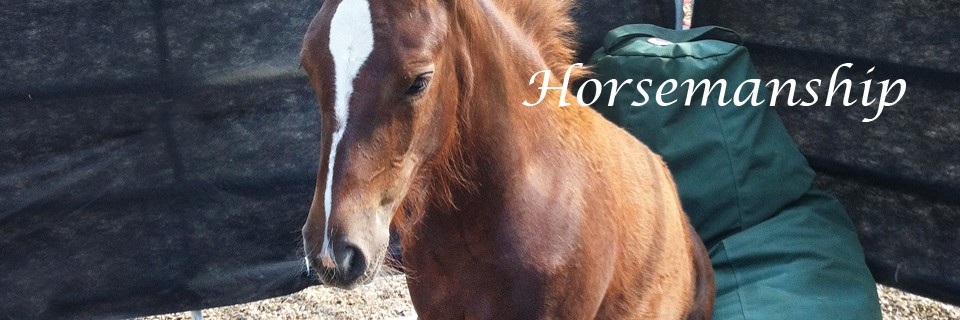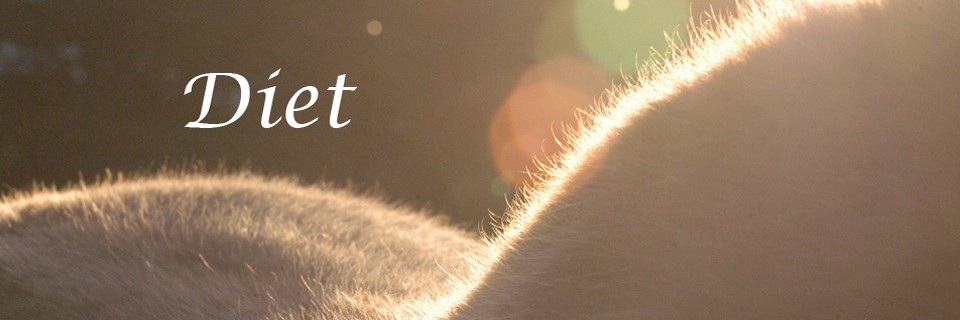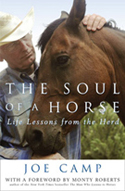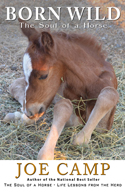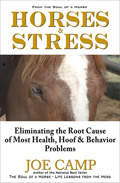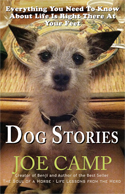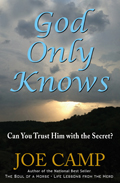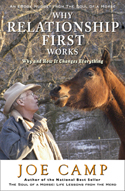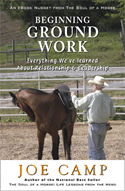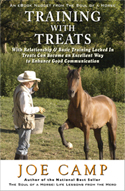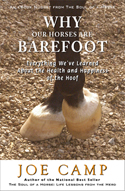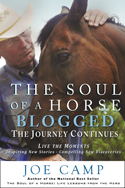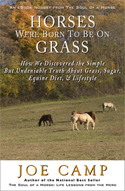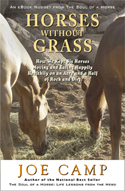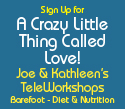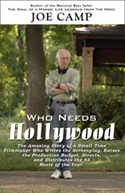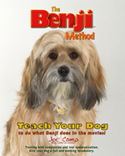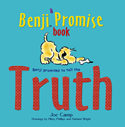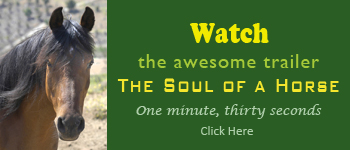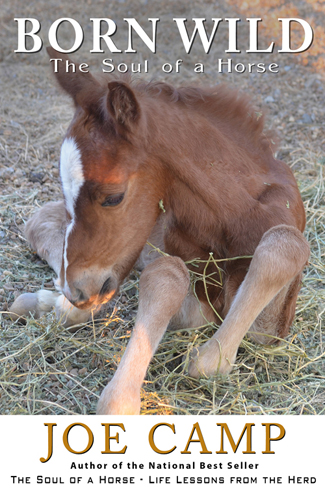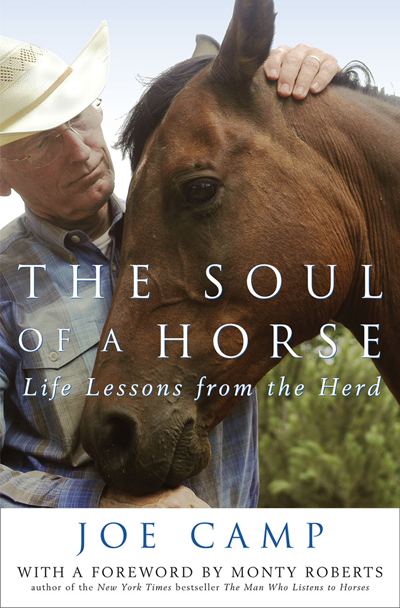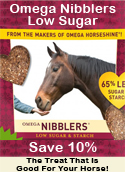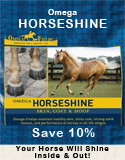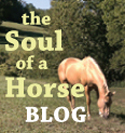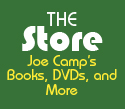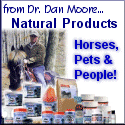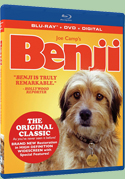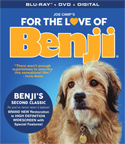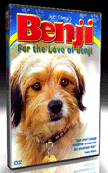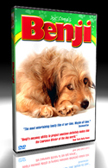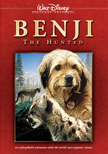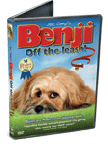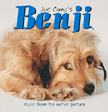Prerequisite
I remember well the day our first three horses arrived. Such a rush! The result of a 66-year love affair… from afar. In my mind, and heart. And suddenly there were three horses in our family. It felt magical.
Now what?
The urge to climb on and hit the trails was compelling. We have horses. Let’s ride. Let’s go. Let’s do something.
Fortunately for all concerned we had a better plan. Thanks to a chance reading of an article by Monty Roberts we were going to begin at the beginning with relationship first.
Before riding.
Before training.
Before anything.
And ultimately we discovered that it was the single most important thing we could’ve done.
Many trainers and clinicians begin with step number two. Leadership. Obviously a very important step. But it’s step number two. Because when you get the relationship right first, everything changes. Absolutely everything. Your horse now cares about his time with you. He is more giving, more willing. And he tries harder.
Stacy Westfall says that the best thing she’s ever done for her training is to get the relationship right before she does any training.
Which is why the Book Why Relationship First Works is a prerequisite to reading this, or to anything you might stumble on relating to training and leadership. Or read the original The Soul of a Horse – Life Lessons from the Herd. But please-please-please read one of them and get your relationship right with your horse before you begin groundwork.
You will never be sorry you did. – Joe Camp
Leadership
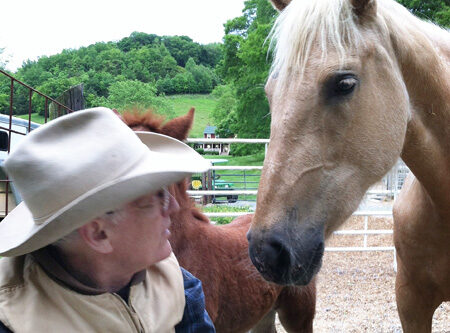
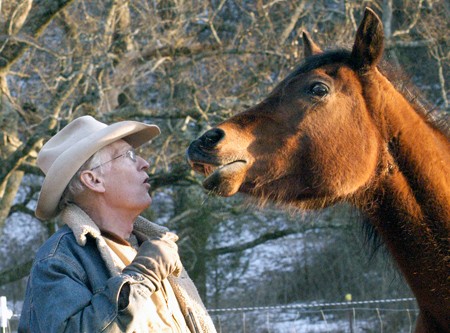
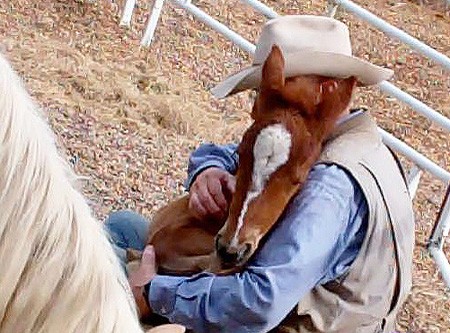
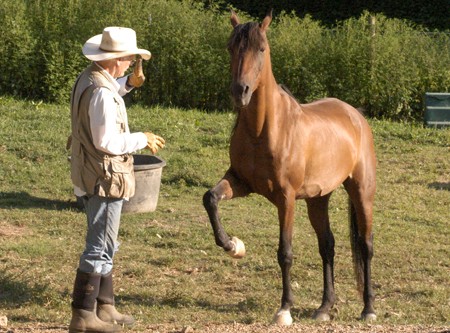
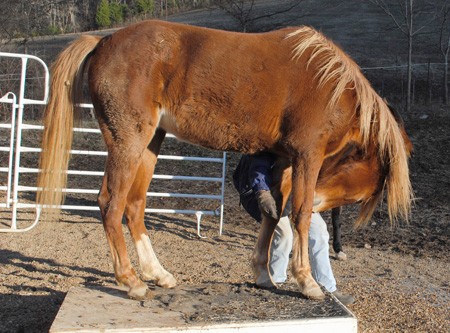
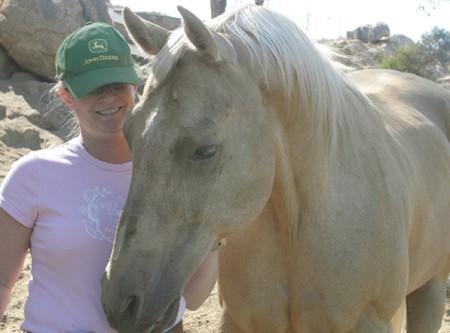
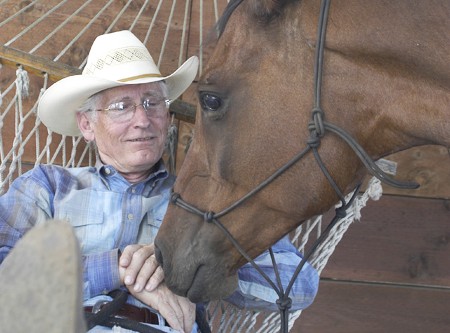
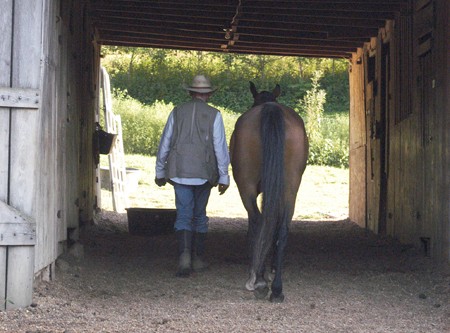
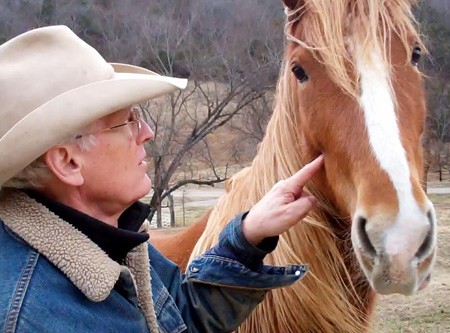
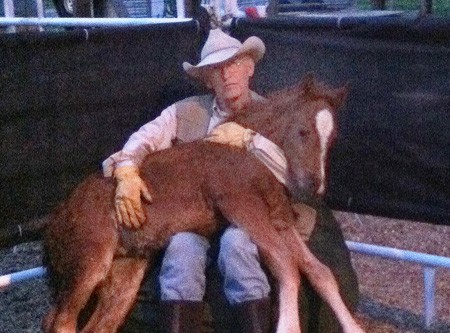
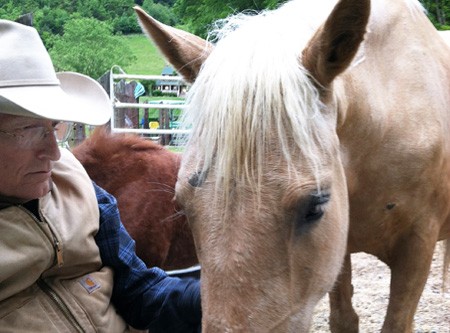
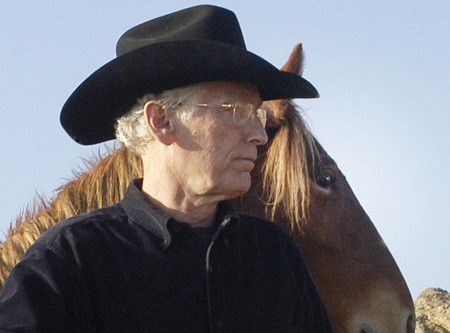
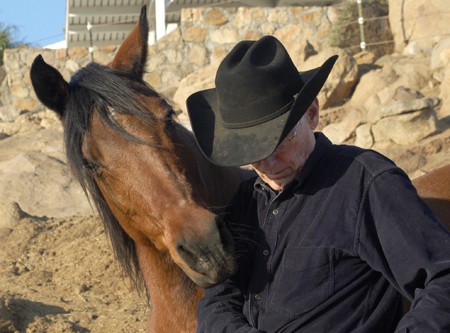
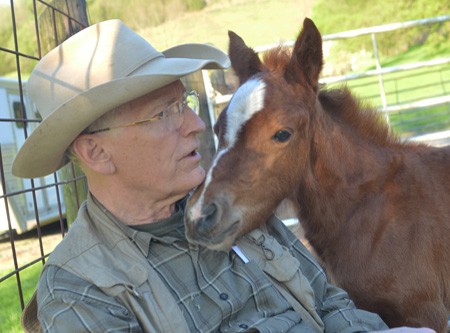
To pause a photo, hover your “mouse” over it.
I am not a trainer. I’m a lover of horses. I don’t train horses other than our own. And I really don’t train people. I just introduce them to the needs of the horse, the whys, the ways to communicate, and what can be accomplished with some mileage.
Pat Parelli says that sending your horse out to a trainer is like sending your spouse out to a trainer. If you love your horse why would you want him to have this amazing relationship with some stranger? You want that relationship to be with you, right?
Kathleen’s and my journey with horses has been relatively short by most standards. But full of astounding discoveries by any standard. We began with a clean plate. Rank novices. Five years ago we had no horses and no clue. And today we can proudly point to eight books chronicling our journey that are changing the lives of horses for the better all across the planet.
We’ve learned that most of the issues and problems that owners have with their horses stem from the fact that they did not begin at the beginning. With Relationship First. And only then move on to Leadership. Some call it respect. But basically, it’s ground work.
You learn in Why Relationship First Works that when your horse accepts you, of his own free choice, to be a member of his herd, once he says to you I trust you to be my leader then everything changes. He becomes more willing, more giving. And he tries harder.
But… along with all that he’s looking for good leadership, and if he doesn’t get it he will take back his trust and become your leader. That’s the way it is in the herd. Who moves who is the way the pecking order in any herd sorts itself out. So before you can become the leader your horse is looking for, you must first understand his language and how that language works in the herd, even if it’s only a herd of two.
That’s what ground work is all about. Who moves who? But from our experience I can tell you that it’s very helpful to spend some time out with the herd, soaking up the way they interact and what each little nuance means and accomplishes. If you don’t have a herd handy buy or borrow Ginger Kathrens’ excellent PBS series of three specials about the wild stallion Cloud and his herd. Only after you’ve proven to the horse that you understand his language, should you begin to expand his horizons by asking him to understand yours.
Without ever touching Cash, completely at liberty, he will disengage his hindquarters and move his butt left or right with just a look or a point from me. He’ll do the same with his forequarters. With a mere request he will walk forward, or back up, or walk with me at my shoulder, flex left or right touching his nose to his side and holding that position until I say “okay”. He smiles, he bows, he side passes with just a point, he kisses, and he waves hello with either front foot. Again, all at liberty. No lead rope.
It didn’t start out that way I promise you.
Our growing library of books and DVDs all said begin at the beginning. But for them the beginning meant standing in the arena teaching my horse to back up, or move sideways. Or come to me. These exercises would give me control, said the DVDs. And once I had complete control over how, where, and when the horse moves, I would then have a safe horse.
But I wanted to know why.
I was also anxious to take the next step with Cash. After Join-Up, he was now looking to me for leadership, so off we went to the arena.
I hear we learn by our mistakes.
One of the training DVDs had spelled out three different ways to teach backup.
See Cash back up, Method One.
See Cash back up, Method Two.
See Cash back up, Method Three.
Why, I wondered, did I need three? Especially here, beginning at the beginning. One method would’ve been quite enough to confuse both of us this first time out.
See Joe look like a circus clown.
Clumsy and awkward do not adequately describe the moment. I had Cash’s lead rope in one hand and a three-foot-long Handy Stick in the other. A Handy Stick is a plastic rod used to extend the length of one’s arm so that, hopefully, one can stand back far enough to avoid an accidental knockdown like Kathleen got to experience (but that’s another story). The stick, sold of course by one of the DVD trainers, is not to be used for discipline, only for guidance. According to this particular DVD, I was supposed to be doing one thing with the lead rope and another with the stick.
It was like trying to rub circles on your belly with one hand while patting your head with the other.
I felt like an idiot.
Those droll cocks of the head and quizzical looks from Cash were coming at me like machine-gun fire. I expected him to burst out laughing any minute. I was clearly not getting through. But something else was bothering me, something beyond beginner’s clumsiness. Cash and I had bonded just a few days before in the round pen, and this exercise was not strengthening that bond.
I was trying to learn a specific task, or, rather, trying to teach a specific task.
Or both, I suppose.
But what I wanted most was to understand what made this huge wonderful beast tick, how he learns, how I could communicate clearly with him, what it meant to him when I did this with the rope or that with the stick. Only then could I better figure out how to get Cash to understand what he clearly wasn’t understanding on this particular day. I was trying to follow a DVD’s instruction, move by move, when what I felt I should’ve been doing was experiencing this from his end of the rope.
It wasn’t long before Cash sent me straightaway back to the books and DVDs, which, I soon discovered, had no intention of teaching me how to understand Cash until I first knew how to back him up. And move him sideways. And so on.
Truth be told, I actually went back to determine whether the stick was supposed to be in the right or left hand. As if it made a difference to Cash.
But I found myself skipping ahead, to the end of the series. Looking for some conceptual meat. Then to the end of the next series. Racing past the task-based learning. Searching for comprehension, meaning. Something that would connect the dots. What I found is that all these programs pretty much never get there until the end.
How backward, I thought.
Now that you’ve come this far, we’re going to teach you why all these tasks we’ve taught you work. We’re going to show you how to understand the horse so you can figure things out for yourself.
But I didn’t want to wait. Not that the tasks don’t have good and proper purpose. It’s just that they would mean so much more to both of us, to me and the horse, if I understood why he was getting it, and why he wanted to. Learning, then, would surely happen so much faster. His and mine.
The early lessons in the books and DVDs never said, Before you start this program go spend a few days out in the pasture just watching the interaction of the herd. Making note of how the smallest of gestures, when delivered accurately, can get the desired result.
Wow! Why wasn’t that up front?
I went immediately to the pasture. And watched.
Again and again.
The DVDs didn’t explain, in the early lessons, that when a leader horse swells up and pins her ears and moves toward a follower’s butt, it means move that butt. Now! And that such a move doesn’t mean I don’t like you. Or I want you out of my pasture. It simply means, I am the leader here and I want you to move your butt over. That’s it. A few minutes later the same two horses will be huddled next to each other, head to tail, swishing flies out of each other’s faces.
This is a difficult concept for humans to grasp. We are such emotional beings. We don’t like to hurt another’s feelings. Usually. So it’s hard for us to realize that, with horses, such behavior is simply leadership in action. And is actually building respect for the leader.
It was important for me to learn that the horse was not going to think less of me if I swelled up like a predator, pinned my ears, and pointed at his hindquarters. He would actually think more. Hey, this guy knows the language. Cool. I respect that.
And then it struck me: These horses accepted me in Join-Up. I’m supposed to be part of the herd. It stands to reason that I need to know how to behave like a herd leader.
The hard part was remembering to swell up. And I had trouble pinning my ears. I suppose that’s why we have fingers. And eyebrows. Eyebrows are good.
I was beginning to understand that, in effect, we must find a way to be a horse. We shouldn’t even try to relate horse behavior and communication to human equivalents. Or even doggie equivalents. Horses are not humans. And they aren’t dogs. If you treat a horse like a puppy, you will never be his leader. I’m not saying you shouldn’t give your horse a hug or a rub. But a dog will do virtually anything for a hug. A horse will do virtually nothing for a hug. But he will do virtually anything for his respected leader. And he will continually test that leader to see if he or she is still worthy of the title.
It was in the pasture that I learned all this, and began to understand how to be a horse. I had finally found where I was to begin. I was ecstatic.
None of the DVDs had said any of this early enough to suit me. And very few effectively embraced the concept of how a horse learns until well down in the program. Simply understanding what reward is to a horse made so much difference in the way I approached the task of training. But like learning to get out into the pasture, I had to skip ahead in those DVDs to find it.
Reward for a horse, I finally discovered, true reward, comes from release of pressure.
And with that reward comes learning. Communication. Understanding.
It’s as simple as that.
In the wild, when being chased by a cougar, the horse’s reward is when the cougar turns back.
Release of the pressure.
And so it is in the herd. When the matriarch disciplines the foal by sending him away from the herd, and pressures him to stay away, it is the release of that pressure, when the foal submits, that is his reward. As the foal begins to understand what it takes to avoid the pressure, he will submit earlier the next time. And, hopefully, not be a bad boy at all the third time.
When a dominant leader says, Move your butt over, the instant the follower responds, the leader drops the pressure. The lesson: If I move my butt when she applies pressure, she will release the pressure and I will no longer feel uncomfortable.
The next time that same horse will move his butt sooner. And before long, a simple look from the leader will do the job. No swelling up. No pointed movements. Maybe just a drop of the ears. Or a flick of the head.
And so it is as we teach. It’s not so much what we do, but rather the release of pressure the very instant the horse gives even a hint of the desired response. Reward the slightest try. Then, depending upon the horse, it usually doesn’t take long to reach the conclusion: Oh, I get it. If I move over when Joe does that he releases the pressure so that must be what he wants.
In effect this is an extension of the doctrine of choice. Do I want the pressure or the comfort of no pressure. I think I’ll move over and thereby choose no pressure.
Maybe Kathleen and I are weird, but we agree that having a thorough understanding of how a horse learns, and how the herd teaches one another, how they receive information and understanding, would provide so much more insight into the training process. And be a richer foundation from which to launch.
Concept-based learning.
This all came together for me one day as I was scanning a DVD and stumbled onto a very simple little exercise with an in-depth conceptual analysis of why it worked. The exercise was simply to get the horse to lower his head when asked. No sticks involved. No arenas. No stumbling around trying to rub my belly while patting my head. Just me and Cash. Up close and personal.
The lesson began with understanding that all horses, by nature, resist pressure. And lean into pressure. When you push on his shoulder he’ll lean into you. Pull down on an unschooled horse’s halter and he will resist and pull up. That’s because the pressure, to him, is actually at the top of the halter. He feels the top strap pushing down. So he pushes into that pressure by lifting his head. These are genetic traits, embedded for survival. When a wolf sinks his teeth into a horse’s underbelly, the horse’s only chance for survival is to push down, to apply pressure to the wolf. If the horse pulls away from the wolf he helps the predator rip his belly open.
So how do you get the horse to understand that you want his head to go down? How do you communicate that when he wants to push against the pressure by raising his head?
How would I do it with a dog? How would I get Benji to understand a desired action?
I would reward him with a treat.
And what is reward to a horse, at least for now? I asked myself with a knowing smile.
Release of pressure. Comfort, I said smugly. I hadn’t yet learned that this was called Negative Reinforcement. The pressure is negative. Soon I would learn about Positive Reinforcement. You do something I like and then I’ll do something you like. But not yet.
I went to gather Monsieur le Cash.
This time it went swimmingly. I applied the slightest of downward pressure to the lead rope. Not trying to pull his head down. Just enough to counter his upward resistance. And I held it. The discomfort to Cash was minimal. Just the pressure of the rope halter. Before long, Cash lowered his head, just enough to release the pressure, and I immediately dropped the lead rope, rubbed him on the forehead, and praised him.
Then we did it again. This time he dropped his head sooner, and went further down, and I released the rope, as Clinton Anderson says, like it was a hot potato.
Before long, Cash’s response was almost instantaneous, dropping his head as much as ten to twelve inches. I pulled out a folding chair and sat down to see if he would drop all the way to my lap. Three sets of pressure and release, and he was there. I could’ve haltered him from the chair. Granted, Cash is very intuitive. He gets things quickly and is very willing. Others of our horses would take longer. But now they all have learned this task.
What about treats, some might ask. Wouldn’t he learn all this even more quickly if he were getting a treat instead of just a release of pressure? Something he actually likes? As mentioned above, only after you’ve proven to the horse that you understand his language, should you begin to expand his horizons by asking him to understand yours. It’s very important that, in the beginning, you stick to learning and communicating in his language. Once done, have a look at our eBook Nugget Training with Treats. Positive Reinforcement.
The next step was to ask Cash to leave his head down, rather than immediately lift it up upon the release of pressure. To communicate that, when I released the rope, I released it just a little. When he lifted up, he bumped back into pressure from the rope, and immediately dropped again.
He was soon staying down until I completely released the rope and said, “Okay. Good boy.”
I was grinning from ear to ear.
Not so much because he had done the task, but because I had watched his wheels turn. I had seen the intake of understanding that I was asking for something that was completely counter to his genetics, but because I was a trusted leader he could respond safely, without worry. Willingly.
And he did.
We tromped up the driveway to the front door of our house and I called for Kathleen.
“Come out! I’ve gotta show you something!” You would’ve thought I had found the cure for cancer.
The door swung open and she almost swallowed the plum she was eating. She had never seen a horse at the front door before. Cash was virtually inside, his curiosity working overtime.
I demonstrated Cash’s new feat and rattled on about the learning process. The discovery of pressure and release.
“Have you tried that with his ears?” she asked.
Cash had come to us with one rule: Do not ever touch my ears!
We had often wondered what might’ve happened in the past to cause this reaction. I’ve heard of trainers who have been known to twist an ear to make a horse do or accept something. Whatever it was, we couldn’t get close. Couldn’t even scratch him between the ears.
“Good idea!” I said.
The pressure, in this instance, would come from his own fear of humans touching his ears.
I reached slowly up the side of his head toward his ear. He immediately pulled away when I got too close. My hand went with him, staying in position, creating even more pressure, until he stopped and held still for a couple of seconds. Until he was able to realize that it wasn’t going to hurt him. Until he relaxed. Then I removed my hand.
It happened. He finally began to think, This is no big deal. That bought him a release of pressure. More comfort.
I reached again, a bit farther.
When he didn’t retreat, I dropped my hand. The release of pressure sent a message, just as it had when releasing the halter while teaching him to lower his head.
One more time. Gaining an inch over the time before. And I retreated immediately when he didn’t pull away.
And rubbed him on the forehead. Good boy.
And so it went, gaining an inch or so with each try. If he pulled away, I’d go with him until he relaxed. It didn’t happen often. He was getting the picture.
It took about ten minutes before my fingers were wrapped around the base of his ear, rubbing very gently. Then withdrawing.
I quit for the day, feeling there had been a major breakthrough.
The next day, after maybe twenty minutes of micro progressions, I wound up with my hand wrapped all the way around his ear and my thumb rubbing gently inside.
Just amazing.
Approaching the other ear was not quite like starting at square-one, but close. By the end of the week, I could rub both ears, inside and out, and today Cash virtually purrs when we do this, leaning into it, saying, More, more.
It’s truly exciting what a bit of understanding can do.
And patience.
That’s the huge lesson Cash, and all the other horses, are teaching me. I’ve never been accused of having a lot of patience.
Not even a little.
Cash showed me the way.
Again.
Don’t start halfway around the track, Joe. Start at the starting gate. Because when faced with an unruly horse, who hasn’t begun at the beginning, a beast six or seven times your own weight, it’s a knee-jerk reaction to attempt to overcome his enormous size with force and dominance.
I remember one of the first times I went on a trail ride. A mere kid, primed with decades of cowboy movies, my first goal was to let this huge creature know in no uncertain terms who was boss. Understand that this poor horse had probably been doing the same thing, dealing with idiots like me, day in and day out, for longer than I had been alive. But there I was, reins pulled tight, jerking this way and that, kicking his sides, establishing my dominance. Without a single clue.
The real embarrassment is that, decades later, when Kathleen arranged my birthday trail ride that plunged us into horse ownership, I was doing exactly the same things. Establishing my bossmanship. Looking like I knew what I was doing. Soaking up compliments from the trail leader.
And in a way, I suppose, all of that’s fine for the occasional trail rider. Most trail horses know so much more than those who ride them it’s difficult to do too much wrong. They won’t let you. They are turning, going, and stopping before you think about it so you don’t have to jerk on their mouth or kick them in the side. The years have taught them.
But for the horse owner, there’s only one place to begin.
At the beginning.
Stand in the horse’s hooves. Study his history. Understand why he is the way he is, and why he acts the way he does.
He’s a prey animal.
You mean like a rabbit??
Pretty much, yeah.
But he weighs eleven hundred pounds!!
Yep.
Discover what makes him feel safe. What keeps him healthy. What he wants in a leader. And why.
And then do it.
For more on Leadership and Ground Work please see:
or
The Soul of a Horse – Life Lessons from the Herd
——
The story of our journey with horses (to date) is told in the two books that follow: the national best seller The Soul of a Horse – Life Lessons from the Herd and its sequel Born Wild – The Soul of a Horse.
And what a story it is as two novices without a clue stumble and bumble their way through the learning process so that hopefully you won’t have to. If you haven’t read both of these books already please do because with that reading, I believe, will come not just the knowledge of discovery but the passion and the excitement to cause you to commit to your journey with horses, to do for the horse without waiver so that your relationship and experience will be with loving, happy and healthy horses who are willing partners and who never stop trying for you. Horses like ours.
The highly acclaimed best selling sequel to the National Best Seller
The Soul of a Horse – Life Lessons from the Herd
#1 Amazon Best Seller
#1 Amazon “Hot New Releases”
Amazon & Kindle
B&N
Order Personally Inscribed Copies of Born Wild
Order Both The Soul of a Horse & Born Wild – Save 20%
Both Personally Inscribed
Please list the names for each inscription in the “instructions to Seller” field as you check out!
Read More About Born Wild
Read More About The Soul of a Horse
Watch The Soul of a Horse Trailer
Watch the Born Wild Trailer
But first read the National Best Seller that started it all
now in it’s 17th printing:
Amazon & Kindle
Barnes & Noble
Order Personally Inscribed Copies of The Soul of a Horse
Order Both The Soul of a Horse & Born Wild – Save 20%
Both Personally Inscribed
Please list the names for each inscription in the “instructions to Seller” field as you check out!
Read More About Born Wild
Read More About The Soul of a Horse
Watch The Soul of a Horse Trailer
Watch the Born Wild Trailer
“Joe Camp is a master storyteller.” – The New York Times
“One cannot help but be touched by Camp’s love and sympathy for animals and by his eloquence on the subject.” – Michael Korda, The Washington Post
“Joe Camp is a natural when it comes to understanding how animals tick and a genius at telling us their story. His books are must-reads for those who love animals of any species.” – Monty Roberts – Author of New York Timers Best-seller The Man Who Listens to Horses
“Camp’s tightly-written, simply-designed and powerfully drawn chapters often read like short stories that flow from the heart.” Jack L. Kennedy – The Joplin Independent
“Joe Camp is a gifted storyteller and the results are magical. Joe entertains, educates and empowers, baring his own soul while articulating keystone principles of a modern revolution in horsemanship.” – Rick Lamb – TV/Radio host – The Horse Show
Follow our latest journey with two amazing new arrivals from the wild. Kathleen’s terrific photos are worth the click.
In chronological order:
What an Extraordinary Weekend!
Firestorm’s Amazing First Day in the Playpen
No-Agenda Time – So Much Value!
An Amazing Birthday Gift from a Wild Mustang!
Saffron and Firestorm – Progress and Photos – Lots of Both!
Two Mustangs – Three Mind-Boggling Months!
For more current posts go to the blog homepage and scroll down
Follow Our Entire Journey
From no horses and no clue to stumbling through mistakes, fear, fascination and frustration on a collision course with the ultimate discovery that something was very wrong in the world of horses.
Read the National Best Seller
The Soul of a Horse
Life Lessons from the Herd
Go to TheSoulOfaHorse.com Homepage














